Welcome to the ultimate guide to calcium fluoride toothpaste, where we will explore the benefits, usage, and help you choose the right one for your oral care needs. Calcium fluoride toothpaste is gaining popularity for its unique properties that promote healthier teeth and gums. One of the key benefits of calcium fluoride toothpaste is its ability to remineralise tooth enamel. Enamel remineralisation strengthens the teeth, making them more resistant to decay and sensitivity. This can be especially beneficial for individuals with conditions such as tooth erosion or enamel hypoplasia. Additionally, calcium fluoride toothpaste is known to have potent anti-cavity properties. It helps to neutralise harmful acids released by bacteria in the mouth, preventing the formation of cavities. Regular use of calcium fluoride toothpaste can significantly reduce the risk of tooth decay, providing long-term oral health benefits. When choosing a calcium fluoride toothpaste, it's essential to consider factors like fluoride concentration, flavour preference, and any additional oral health concerns you may have. Our guide will provide you with the necessary insights to make an informed decision. So, let's get started on our journey to healthier and stronger teeth with calcium fluoride toothpaste!
The benefits of using calcium fluoride toothpaste
Calcium fluoride toothpaste works by delivering fluoride ions to the tooth enamel. When the toothpaste is applied to the teeth and gums during brushing, the fluoride ions are absorbed by the enamel, promoting remineralisation. This process helps to repair any damage to the enamel and strengthen the teeth, making them more resistant to decay. Additionally, calcium fluoride toothpaste helps to create a protective barrier on the teeth, which prevents harmful acids from attacking the enamel. This barrier acts as a shield, reducing the risk of cavities and tooth sensitivity.
Choosing the right calcium fluoride toothpaste for your needs
When choosing a calcium fluoride toothpaste, it's essential to consider factors such as fluoride concentration, flavour preference, and any additional oral health concerns you may have. Fluoride concentration: Different toothpaste brands offer varying fluoride concentrations. It's important to choose a toothpaste with the appropriate fluoride concentration for your needs. For most adults, a toothpaste with a fluoride concentration of 1000-1500 parts per million (ppm) is sufficient. However, individuals at higher risk of tooth decay may benefit from toothpaste with a higher fluoride concentration, such as 5000 ppm, which is available by prescription. Flavour preference: Toothpaste comes in a variety of flavours, including mint, cinnamon, and fruit flavours. Choose a flavour that you enjoy, as this can make brushing more enjoyable and encourage regular use. Additional oral health concerns: If you have specific oral health concerns, such as sensitive teeth or gum disease, look for a calcium fluoride toothpaste that addresses these issues. Some toothpaste brands offer specialised formulas that target specific dental problems, providing additional benefits beyond cavity prevention.
How to use calcium fluoride toothpaste effectively
To get the most out of your calcium fluoride toothpaste, it's important to use it correctly and incorporate proper oral hygiene practices into your routine.
- Brush at least twice a day: Brush your teeth at least twice a day, preferably after meals, using a soft-bristled toothbrush and a pea-sized amount of calcium fluoride toothpaste. Brushing for two minutes ensures thorough cleaning.
- Use the right technique: Hold your toothbrush at a 45-degree angle to your gums and brush in gentle, circular motions. Pay attention to all surfaces of the teeth, including the front, back, and chewing surfaces. Don't forget to brush your tongue as well to remove bacteria and freshen your breath.
- Don't rinse immediately: After brushing, spit out the excess toothpaste, but avoid rinsing your mouth immediately. This allows the fluoride in the toothpaste to continue working and remineralise the teeth. Wait at least 30 minutes before rinsing with water or mouthwash.
- Floss daily: In addition to brushing, flossing daily is crucial for removing plaque and food particles from between the teeth and along the gumline. Use dental floss or interdental brushes to clean these hard-to-reach areas.
- Visit your dentist regularly: Regular dental check-ups and professional cleanings are essential for maintaining optimal oral health. Your dentist can assess your oral health, address any concerns, and provide personalised recommendations for your oral care routine.
Common misconceptions about calcium fluoride toothpaste
There are a few common misconceptions surrounding calcium fluoride toothpaste that need to be addressed. Misconception
#1: Fluoride is harmful: Some individuals believe that fluoride is harmful and can cause health problems. However, when used in appropriate amounts, fluoride is safe and highly beneficial for oral health. It is important to follow the recommended guidelines for fluoride use and consult with your dentist if you have any concerns. Misconception
#2: All toothpaste is the same: Not all toothpaste is created equal. While most toothpaste contains fluoride, the concentration and additional ingredients can vary. Choosing the right toothpaste for your specific needs, such as calcium fluoride toothpaste, can provide targeted benefits and improve your oral health. Misconception
#3: Natural alternatives are just as effective: Natural toothpaste alternatives may not provide the same level of cavity protection and enamel remineralisation as calcium fluoride toothpaste. While natural toothpaste options can be a good choice for individuals who prefer to avoid certain ingredients, it's important to carefully evaluate their effectiveness in preventing tooth decay and maintaining oral health.
Calcium fluoride toothpaste vs. other types of toothpaste
Calcium fluoride toothpaste is just one type of toothpaste available on the market. Let's compare it to other popular types of toothpaste to understand the differences and benefits. Fluoride vs. non-fluoride toothpaste: Fluoride toothpaste, including calcium fluoride toothpaste, offers the added benefit of cavity prevention and enamel remineralisation. Non-fluoride toothpaste may be suitable for young children who are at a lower risk of tooth decay or individuals who are allergic to fluoride. Sensitive toothpaste: Sensitive toothpaste is formulated to relieve tooth sensitivity by desensitising the nerves in the teeth. While calcium fluoride toothpaste may provide some relief for sensitive teeth, specialised sensitive toothpaste may be more effective in addressing this specific concern. Whitening toothpaste: Whitening toothpaste contains abrasive particles or chemicals that help remove surface stains and make the teeth appear whiter. While calcium fluoride toothpaste may have some whitening properties, specialised whitening toothpaste may offer more noticeable results. Natural toothpaste: Natural toothpaste is made from plant-based ingredients and avoids certain chemicals found in conventional toothpaste. While natural toothpaste can be a good choice for individuals with specific preferences or sensitivities, it's important to ensure that it still provides adequate cavity protection and enamel remineralisation.
Potential side effects of calcium fluoride toothpaste
Calcium fluoride toothpaste is just one type of toothpaste available on the market. Let's compare it to other popular types of toothpaste to understand the differences and benefits. Fluoride vs. non-fluoride toothpaste: Fluoride toothpaste, including calcium fluoride toothpaste, offers the added benefit of cavity prevention and enamel remineralisation. Non-fluoride toothpaste may be suitable for young children who are at a lower risk of tooth decay or individuals who are allergic to fluoride. Sensitive toothpaste: Sensitive toothpaste is formulated to relieve tooth sensitivity by desensitising the nerves in the teeth. While calcium fluoride toothpaste may provide some relief for sensitive teeth, specialised sensitive toothpaste may be more effective in addressing this specific concern. Whitening toothpaste: Whitening toothpaste contains abrasive particles or chemicals that help remove surface stains and make the teeth appear whiter. While calcium fluoride toothpaste may have some whitening properties, specialised whitening toothpaste may offer more noticeable results. Natural toothpaste: Natural toothpaste is made from plant-based ingredients and avoids certain chemicals found in conventional toothpaste. While natural toothpaste can be a good choice for individuals with specific preferences or sensitivities, it's important to ensure that it still provides adequate cavity protection and enamel remineralisation.
Recommended brands of calcium fluoride toothpaste
- Colgate: Colgate offers a range of calcium fluoride toothpaste options, including their popular Total line, which provides all-around protection against cavities, gum disease, bad breath, and staining.
- Sensodyne: known for its specialised toothpaste for sensitive teeth. Their Pronamel line contains calcium fluoride and helps to protect tooth enamel from acid erosion, making it a suitable choice for individuals with sensitive teeth.
- Crest: this offers a variety of calcium fluoride toothpaste options, including their Pro-Health line, which promotes cavity prevention, gum health, and fresh breath.
Remember, these are just a few examples, and there are many other reputable brands available. Consider consulting with your dentist or healthcare professional for personalised recommendations based on your oral health needs.


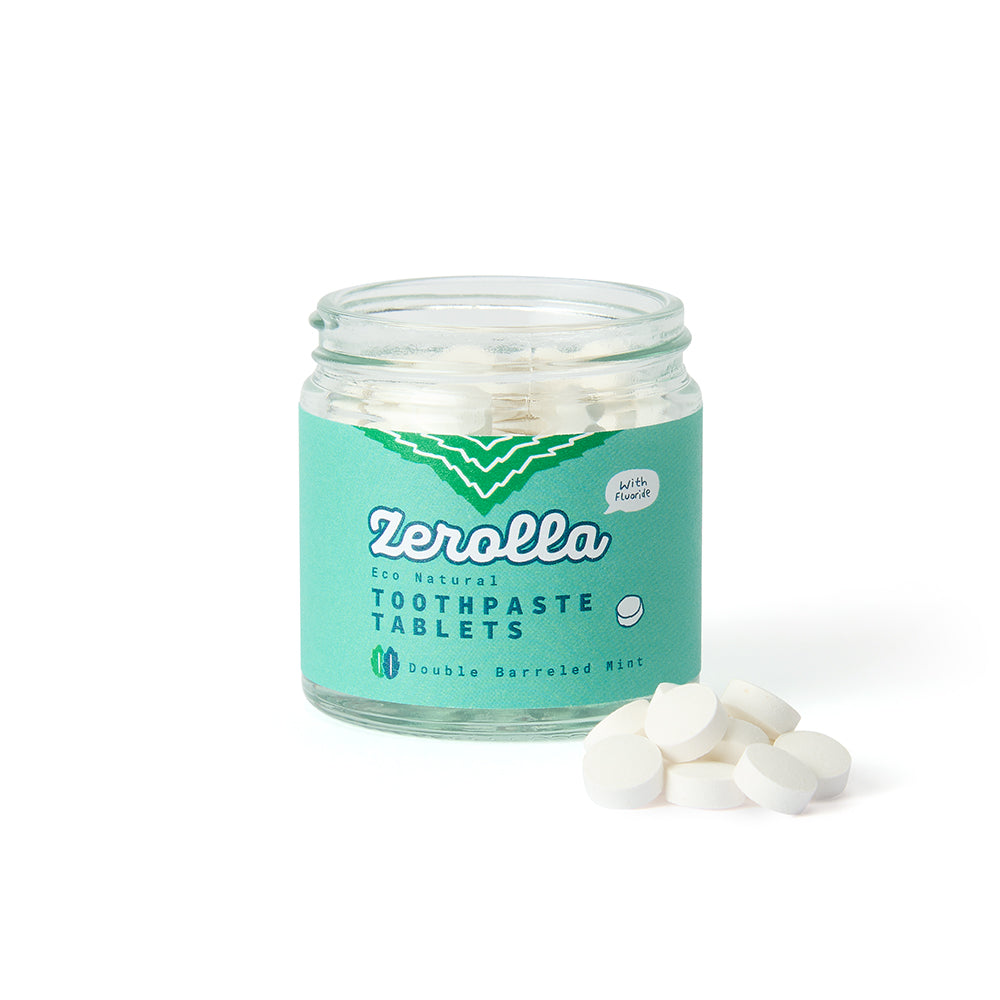
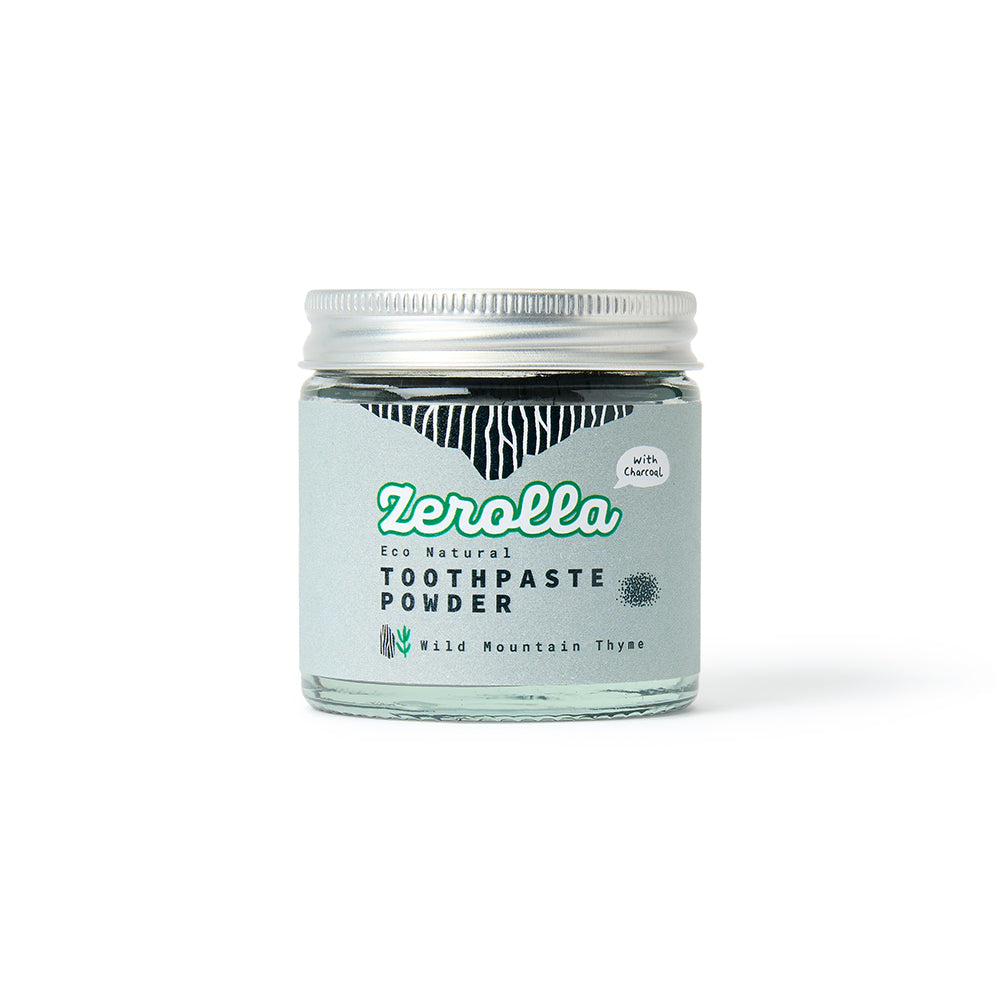
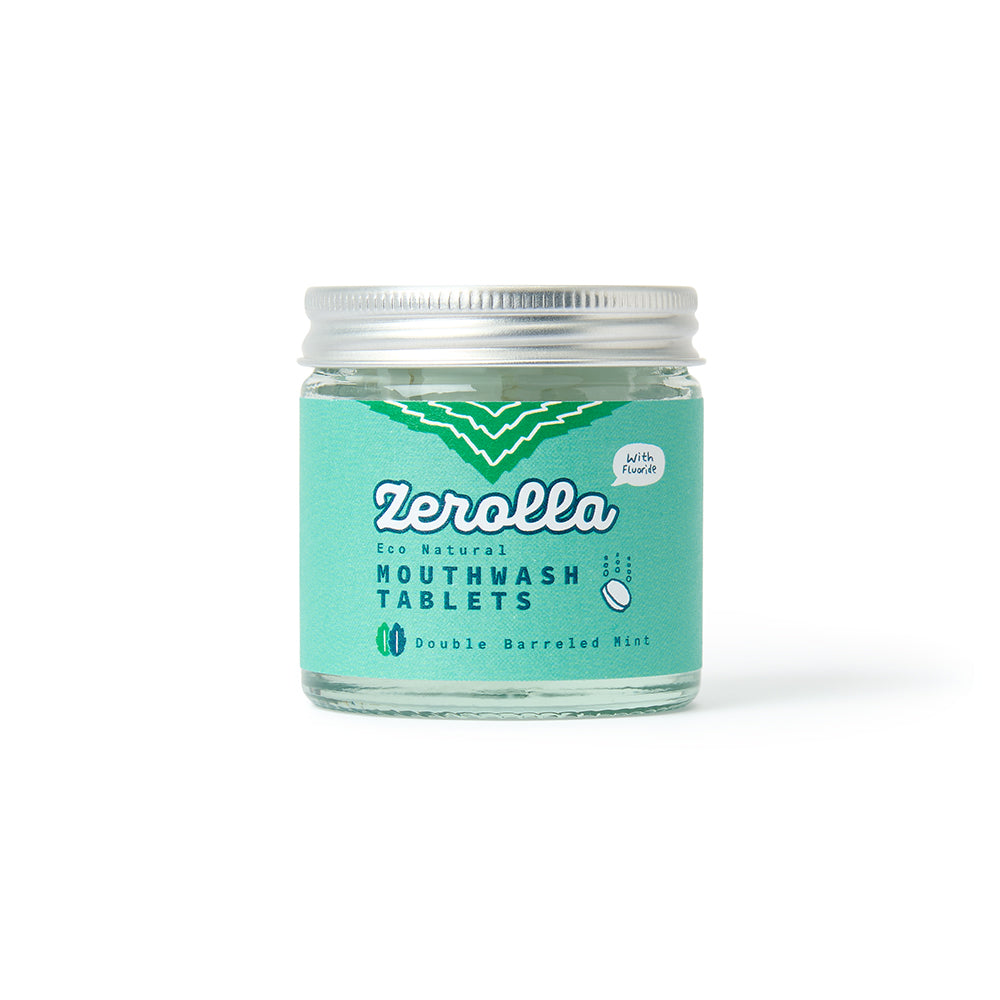
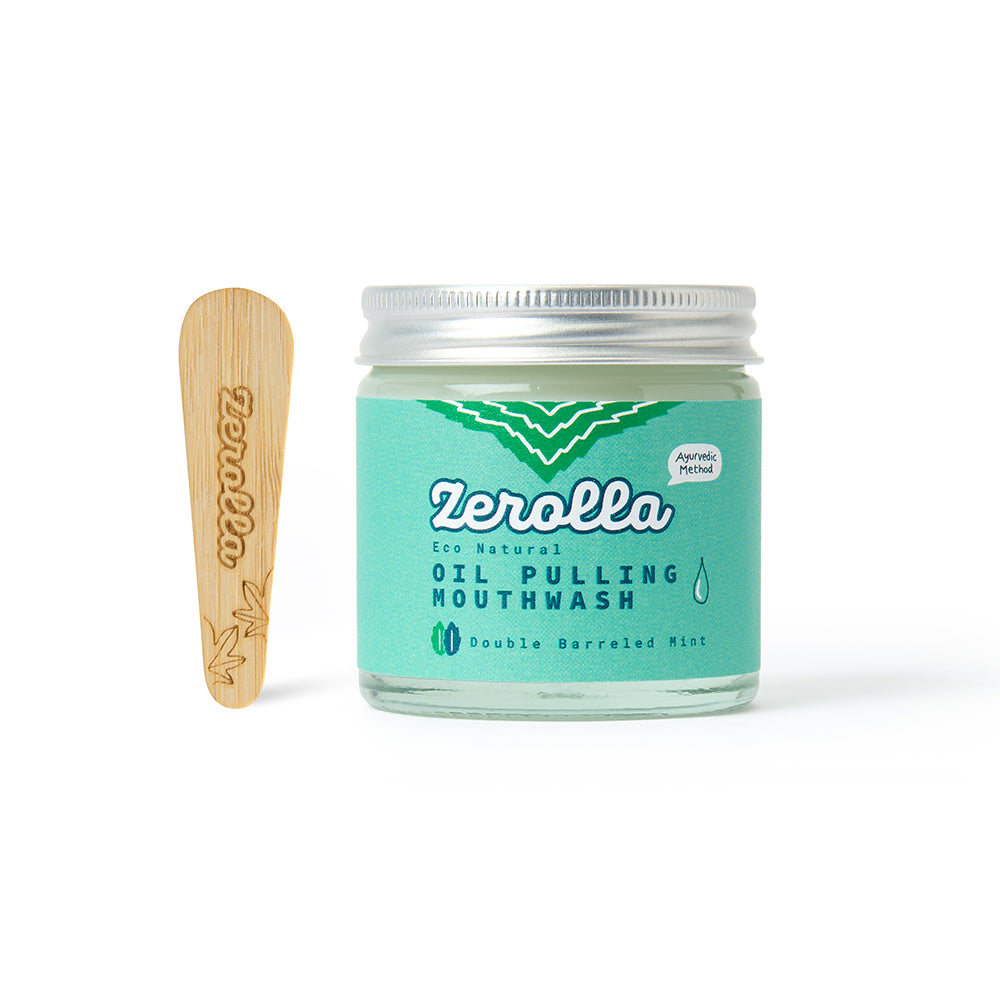


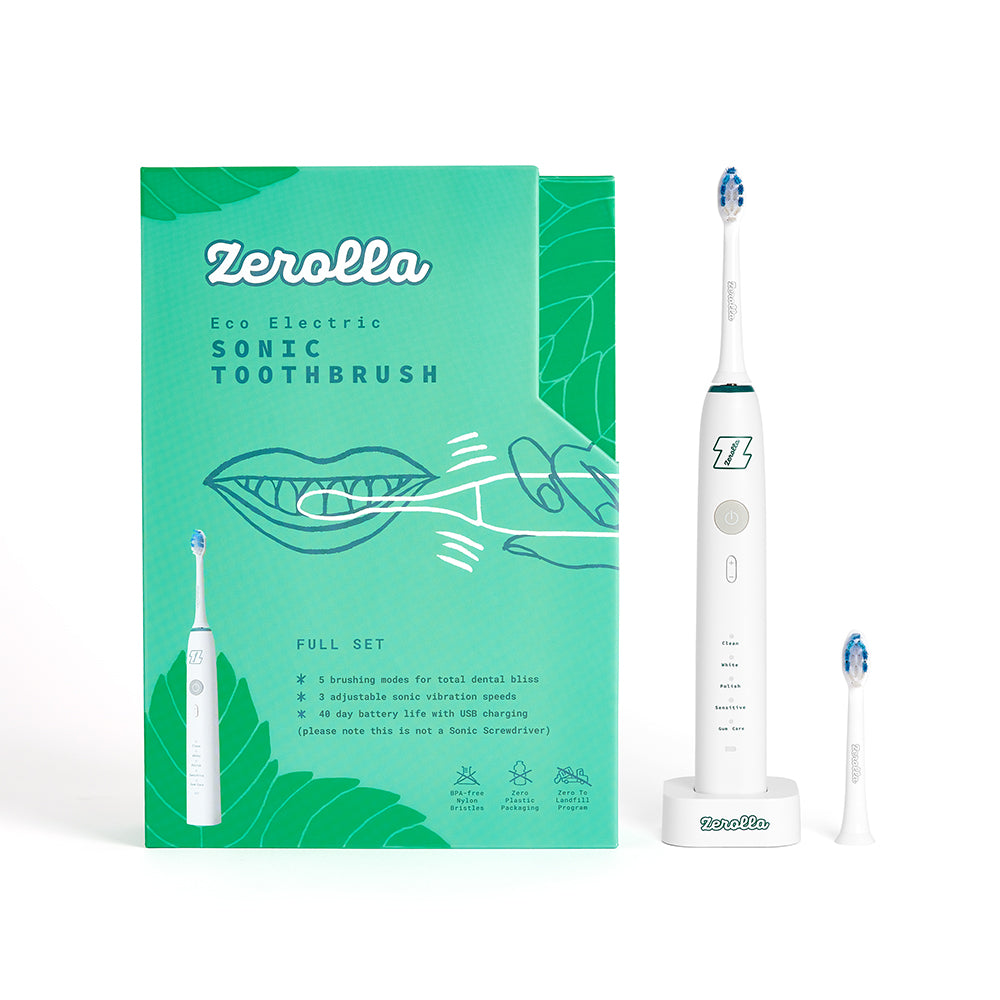
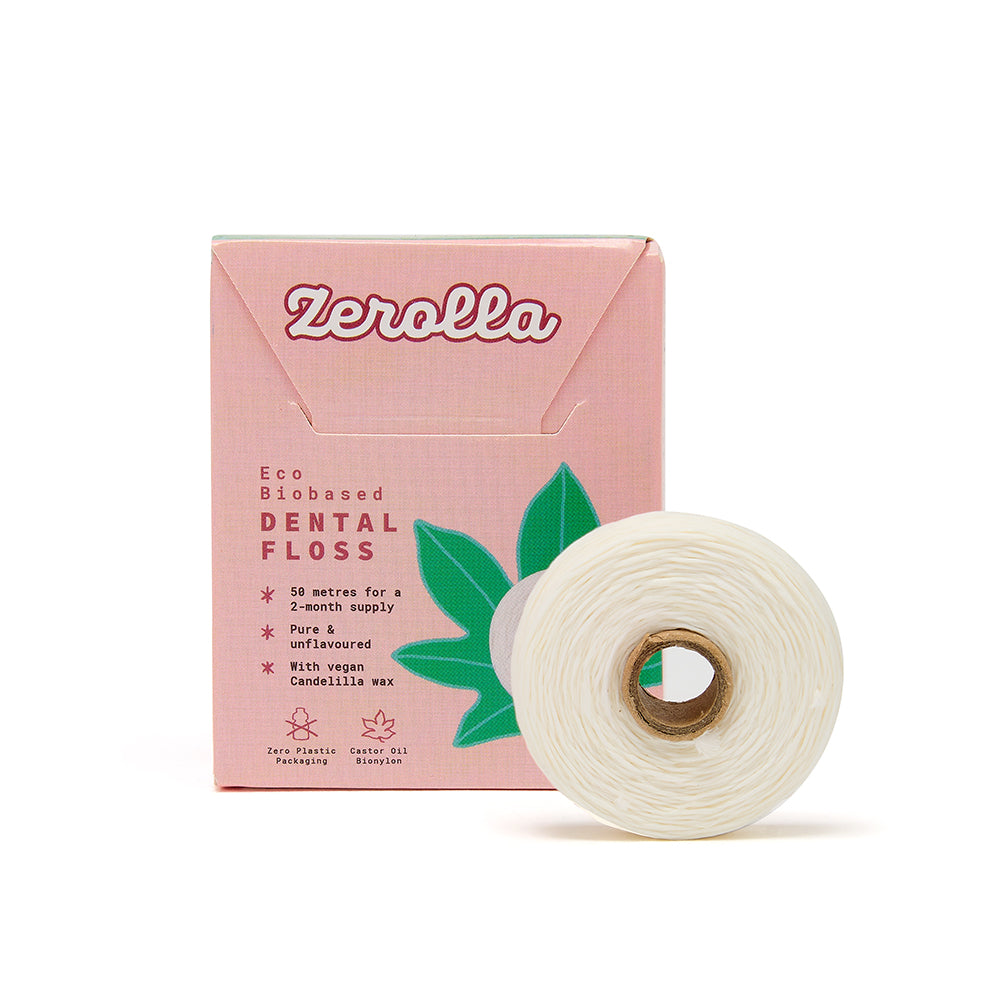
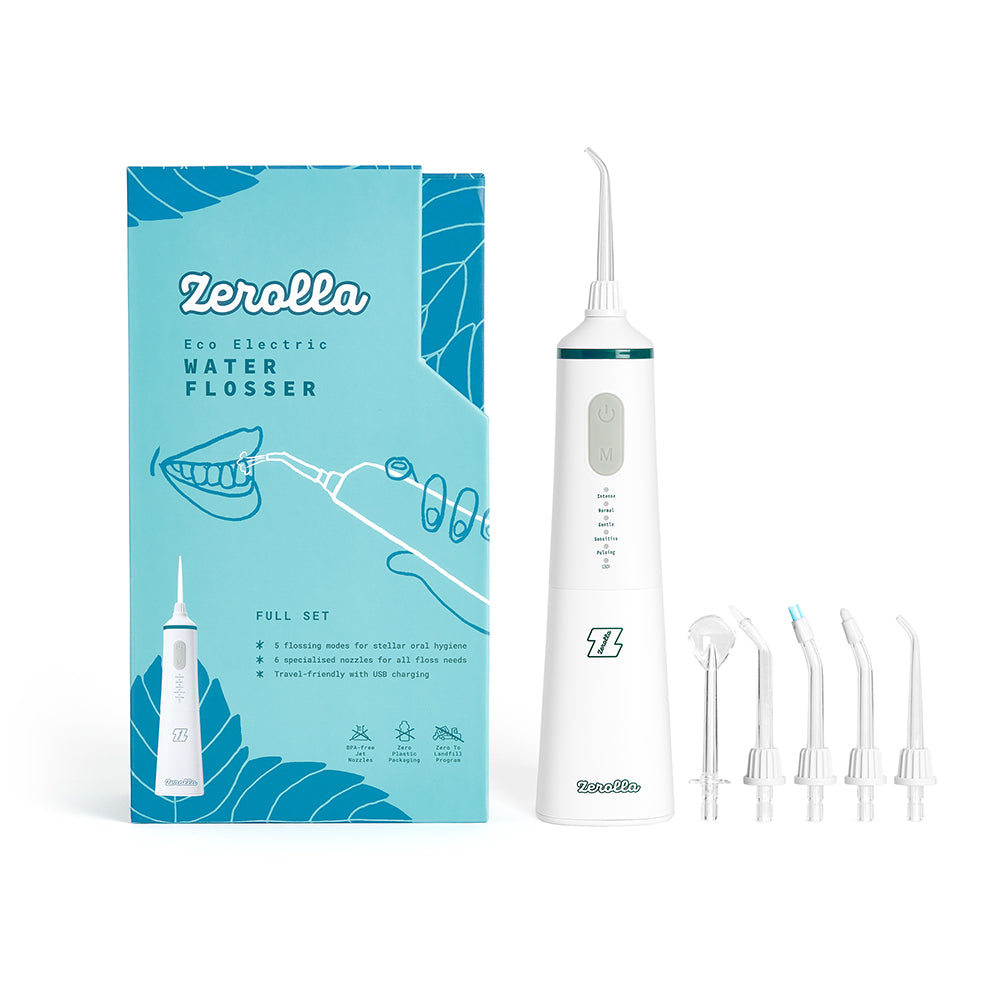




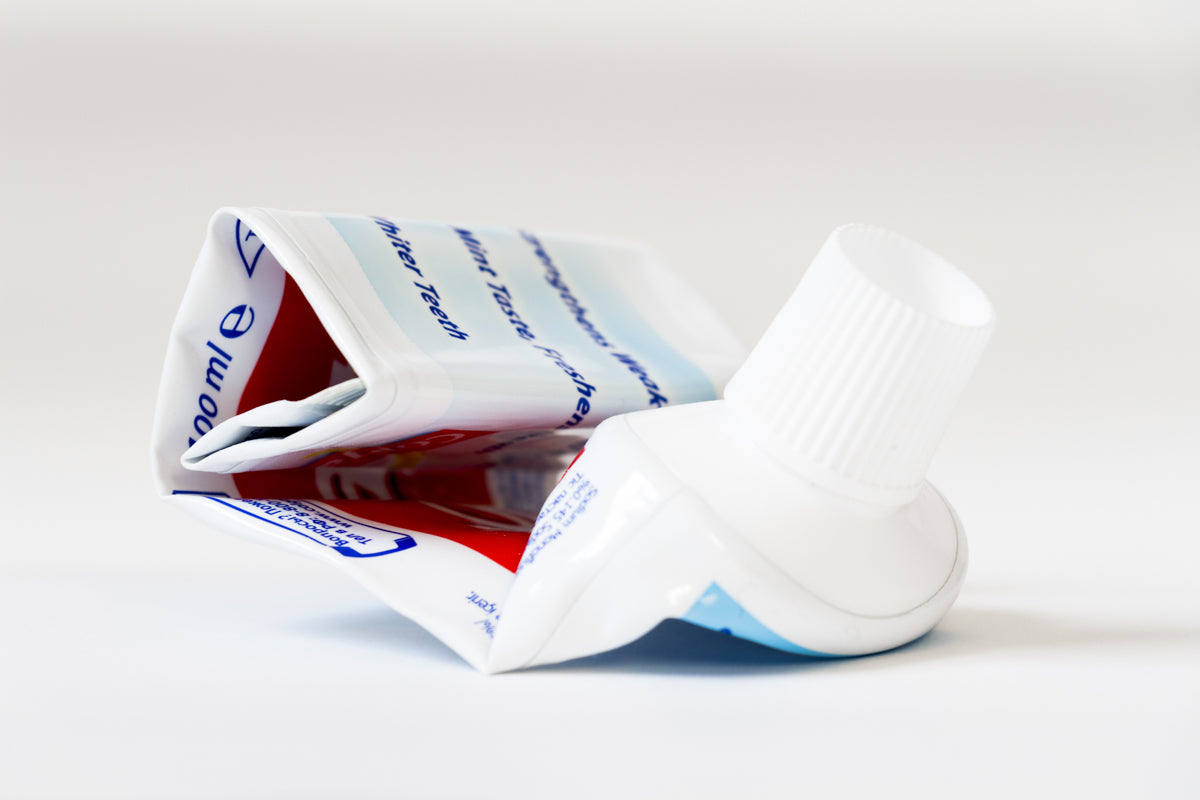


Leave a comment (all fields required)